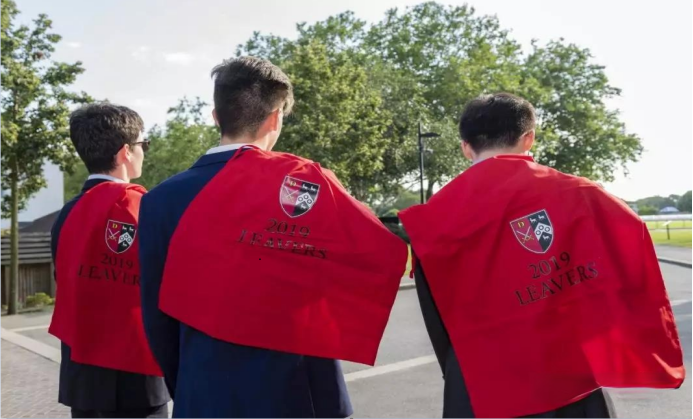Sculptures, bestowed with native people’swisdom, practice and cultural stamp, should be preserved in appropriate placesso as to maintain their integrity. In the article “The Lovely Stones” editorialfor Conde Nast Digital, Christopher Hitchens argues that the sculptures of theParthenon should be returned to its origin, Greece. By the end of this piece,readers will find themselves nodding in agreement with what the Hitchens has tosay. Hitchens utilizes contrast, historical event, analogy and appeal toemotion to plead with the readers to take his side.
In order to expose the people’smaltreatment toward the Parthenon, Hitchens starts his article off by employinga sharp contrast. Hitchens first quotes A. W. Lawrence’s remark of theParthenon, “it is the one building in the world which may be assessed asabsolutely right.” Quoting words of praise from an authoritative figureenhances Hitchens’s intention to depict the beauty and glamor of the Parthenon,lending more credibility to his argument. Later, in the second paragraph,Hitchens points out that the beauty and glamor did not deter people’s abuse,destruction and mutilation. To demonstrate this, Hitchens illustrates theParthenon has been misused as garrison, arsenal and so on. By juxtaposing thefabulous beauty to the destruction of the Parthenon, Hitchens unfolds the harshfact that the significance of the Parthenon has been ignored. This contrastserves as a vehicle to highlight the irony and gravity of people’s maltreatmenttoward the Parthenon, drawing the readers into the issue addressed by thewriting.
Hitchens strengthens his argument with theportrayal of historical event. In the third paragraph, Hitchens demonstratesthat some parts of the Parthenon were occupied by the British people in the19th century. To present the exquisite sculpture comprehensively, Hitchensfirst notes that three elements of the Parthenon contribute to its outstandingposition in human history — two massive pediments, a series of 92 high-reliefpanels and frieze. Furthermore, the use of detailed image and statistics leadsreaders to imagine the wonder of the Parthenon. However, such wonder has beendestroyed as parts of the sculpture have been carried away and preserved inBritish government. With the help of historical events, Hitchens successfullyenhances the credibility and legitimacy of his claim, creating a compellingappeal to ethos.
In addition, the utilization of analogyfurthers Hitchens’ argument that the sculpture of the Parthenon should not bepreserved by different museums. Hitchens adopts several classic forms of artsto highlights the significance of the integrity of art. Hitchens notes that “Ifthe Mona Lisa had been sawed in two during the Napoleonic Wars and theseparated halves had been acquired by different museums in, say, St. Petersburgand Lisbon, would there not be a general wish to see what they might look like ifre-united?”. Similarly, Hitchens compares the destroyed Parthenon to thegoddess Iris as well as the torso of Poseidon. As the assumptions of divided“Mona Lisa” , “goddess Iris” and “the torso of Poseidon” are grotesque, theseparate parts of the Parthenon are also ridiculous. Therefore, the analogyadds more power to Hitchens’ s claim that the integrity of the Parthenon shouldbe preserved in Greece.
Finally, Hitchens appeals to readers’emotion. Hitchens indicates that although the city did not attach muchimportance upon the protection of the Parthenon in the past, “the Greeks havebeen living up to their responsibilities”. Harboring a positive attitude, theAcropolis Museum tries to exhibit the integrity of the Parthenon. This practicesurely motivates readers’ longing to witness the marvel of the integralParthenon. At the end of the passage, the readers will definitely agree withHitchens’s claim that the sculpture of the Parthenon should be returned to itsoriginal land. This is a strategy of appeal to pathos, forcing the readers toface an emotionally- charged inquiry that will spur some kind of response.
In conclusion, contrast, historical events,analogy and appeal to emotion, all contribute to an exceptionally well-writtenargument. It is his utilization of these practices and more that make thisarticle worthy of recognition.
以上就是关于“SAT作文真题范文借鉴及学习”的内容,相信大家对接下来的备考内容,有更清晰的了解。考试成绩的高分,并不是一蹴而就的,大家还是需要踏踏实实的练习备考,才能真正的提升我们的分数。

















